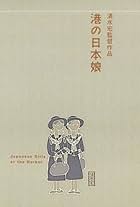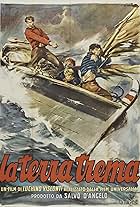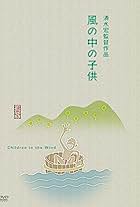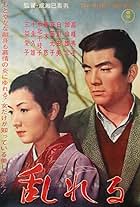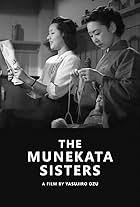Shimizu Hiroshi, a director of poetic and deceptively simple "slice of life" dramas, had been interested about the psychology of children since the 1930's. One of his best-appreciated works of the decade was "Kaze no naka no kodomo" (Children in the Wind, 1937), an important work about the subject. During the war and the immediate post-war, he worked helping war-orphans, and this subject carried with him to "Hachi no su no kodomotahci" (Children of the Beehive, 1948), the director's most important work of the post-war period.
It's impossible not to make mental comparisons to Italian neo-realism while watching this film, product of another beaten-down nation. The state of the society is not the only similarity, but the film's usage of space, choice of a subject, and the usage of amateur actors all line with the more famous European works of the era. Shimizu's film follows an anonymous soldier returning from the war to the chaos waiting in the homeland. A group of eight orphan boys start following him around. As he journeys through Japan on foot, the boys help him in different ways. A substitute family of sorts is established, and we also get to hear about the backgrounds of the boys.
Shimizu's films often mess with your expectations, and this one does too. It starts off more optimistically than you would expect, though it eventually does manage to turn in a darker narrative. Near the beginning, the music is sunshiny, and the boys too are in a good mood. During the journey, the film's realism gets broken, due to the main characters having way too much food, and them sharing their food sources with others way too easily. Famine was a serious problem back then, but one kind of understands, that Shimizu, working under American censorship, did not want to stress this aspect too much. Instead, the film tries to give hope for people in a desperate situation. Another interesting aspect is that there are no girls among the gang, though Japanese childhood depictions in general (Ozu, Tasaka Tomotaka, Naruse Mikio, Gosho Heinosuke...) preferred to depict boys.
The darker side gets explored during the final third, when the characters arrive in Hiroshima. We see more ruins and devastation than I expected. The cinematography of the film really makes the most of the landscape, and at times the film looks like a documentary about the period it covers, even if some unrealistic elements are incorporated to the narrative.
The film features stunning images and a comforting communal spirit. Despite the gloom of the setting, the implementation is mostly up-beat, and the end result is a fascinating time capsule.





